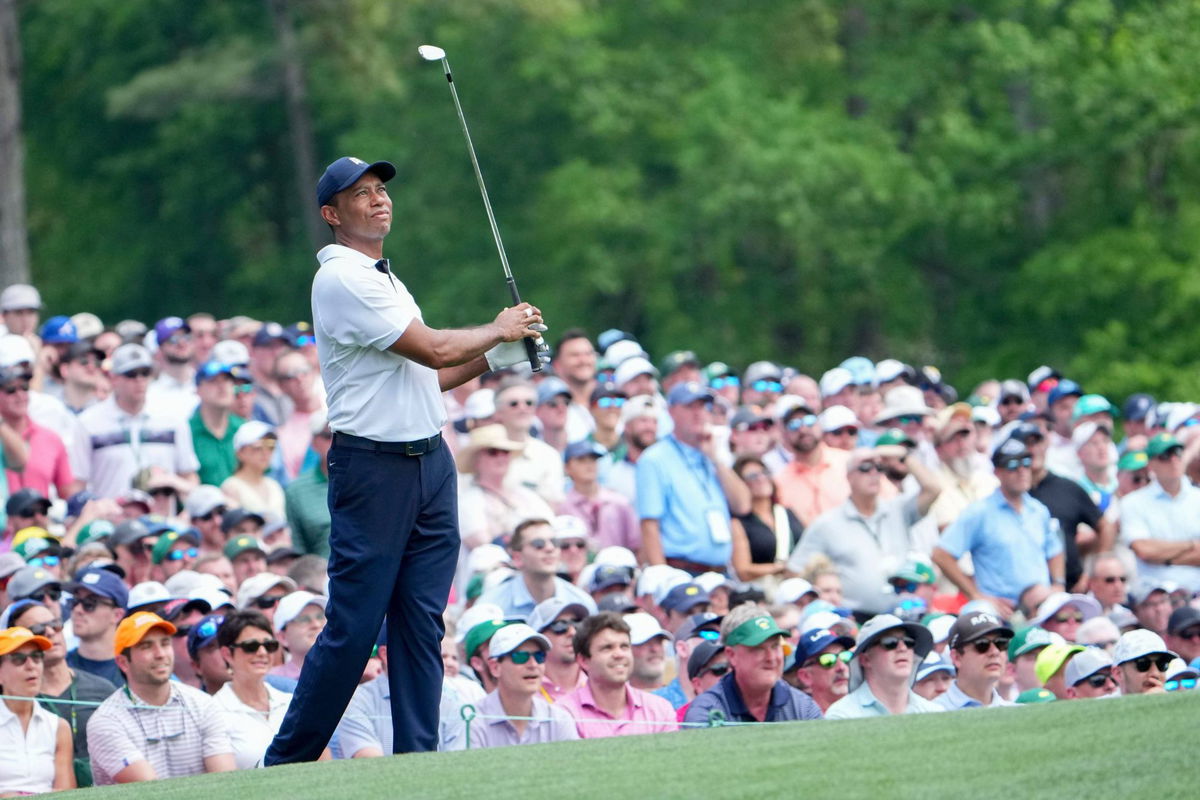
Imago
Syndication: The Record Apr 6, 2023 Augusta, Georgia, USA Tiger Woods tees off on the 12th hole during the first round of The Masters golf tournament. North Jersey NJ , EDITORIAL USE ONLY PUBLICATIONxINxGERxSUIxAUTxONLY Copyright: xDaniellexParhizkaranx 20409742. Image Courtesy: IMAGO

Imago
Syndication: The Record Apr 6, 2023 Augusta, Georgia, USA Tiger Woods tees off on the 12th hole during the first round of The Masters golf tournament. North Jersey NJ , EDITORIAL USE ONLY PUBLICATIONxINxGERxSUIxAUTxONLY Copyright: xDaniellexParhizkaranx 20409742. Image Courtesy: IMAGO
ADVERTISEMENT
ADVERTISEMENT
ADVERTISEMENT
ADVERTISEMENT

